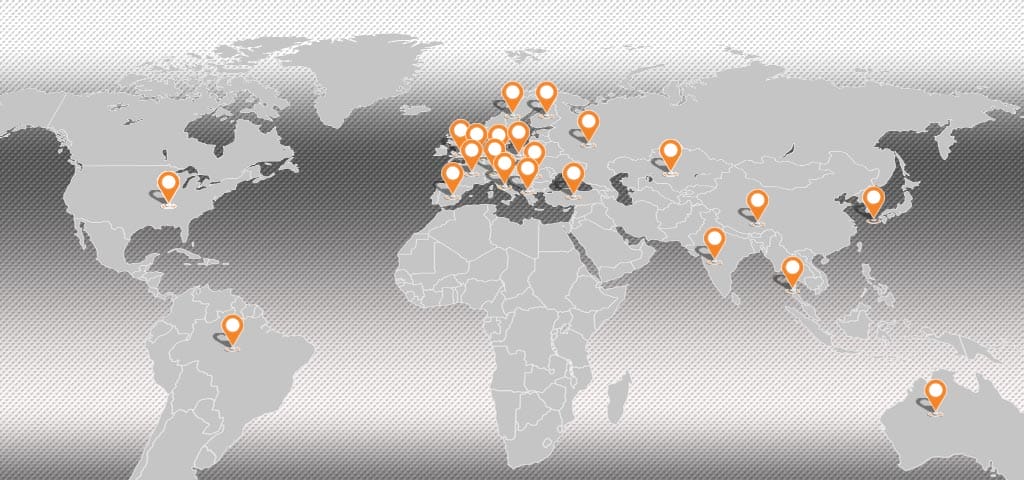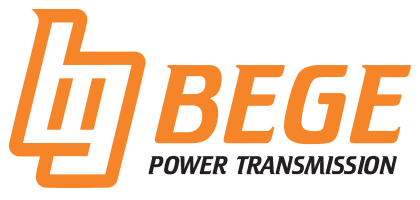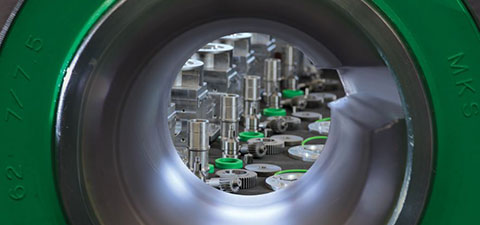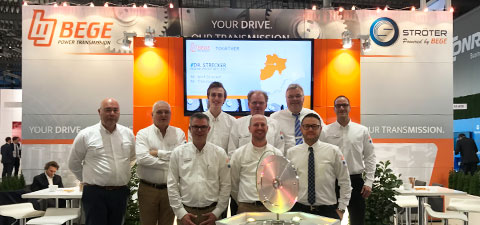Contact
Whether you’re searching for a partner to help optimize your drive processes or are ready for an integrated drive system, don’t hesitate to contact us. We’re eager to help.
BEGE Headquarters
Our activities are in the industrial sector, but that doesn’t mean we think everything should be automated. We want our customers to continue to feel close to us, and that can only be achieved through pleasant communications. With people. We don’t have an endless selection menu, and your email won’t end up on the bottom of a heap, never to receive a reply. At BEGE, personal contact is key.

BEGE Power Transmission
Anton Philipsweg 30
2171 KX Sassenheim
The Netherlands
Contact us
Fill out the contact form below and we’ll get back to you within one business day.
BEGE Worldwide
BEGE is your global automation and engineering partner. Thousands of clients around the world have been using our drive and motion control systems. Thanks to our international network of local support centers and customer-dedicated stock, we can deliver quickly and respond effectively to your wishes.









